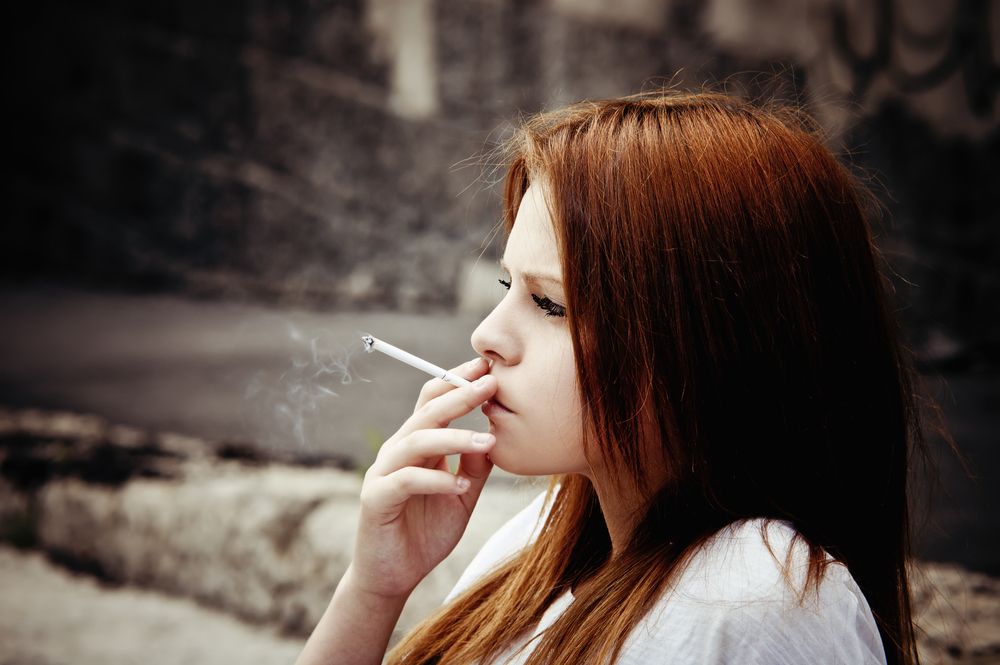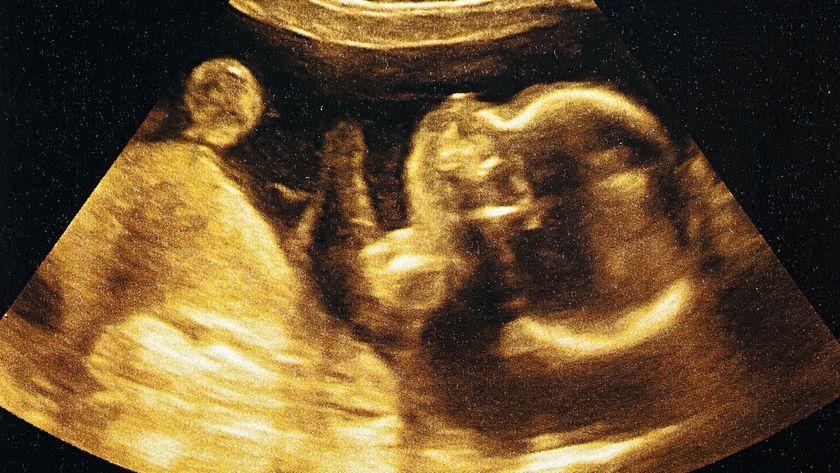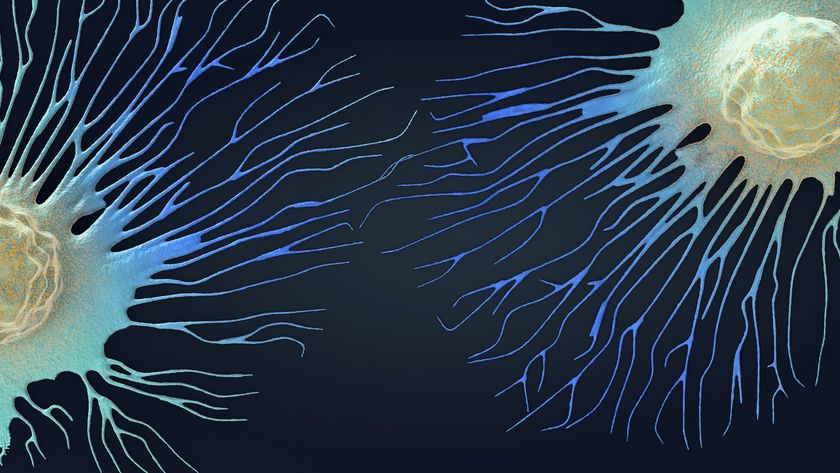Teen Use of Many Drugs Drops to Record Lows

Teen use of many illegal and legal drugs — including ecstasy, cocaine, alcohol and tobacco — is now at record lows, according to a new survey.
The government-backed survey, called Monitoring the Future, gathered data from more than 45,000 U.S. students in the eighth, 10th and 12th grades.
The survey found that in 2016, teen use of all illegal drugs except marijuana was the lowest in the history of the survey, which dates back to 1975 for high school seniors, and 1991 for eighth and 10th graders.
For example, in 2016, 14 percent of 12th graders, 10 percent of 10th graders and 5 percent of eighth graders said that they had used an illegal drug other than marijuana in the past year. But in the mid-1990s, close to 20 percent of 10th and 12th graders, and 12 percent of eighth graders, said the same. [The Drug Talk: 7 New Tips for Today's Parents]
What's more, rates of alcohol and tobacco use are also now at their lowest since the survey began. For example, in 2016, 37 percent of 12th graders, 20 percent of 10th graders and 6 percent of eighth graders said they had "been drunk" in the past year. In contrast, in 1997, 53 percent of 12th graders, 41 percent of 10th graders and 18 percent of eighth graders reported they had "been drunk" in the past year.
Also in 2016, 28 percent of 12th graders said they had ever smoked tobacco cigarettes in their lifetime, down from a peak of 76 percent in 1977. Rates of cigarette use among 10th and eighth graders were 17 percent and 10 percent, respectively, in 2016, down from a peak of 61 percent among 10th graders and 49 percent among eighth graders in 1996.
"This is really remarkable news," Dr. Nora Volkow, director of the National Institute on Drug Abuse, which funded the study, said in a press conference today (Dec. 13). Researchers now need to understand "what is driving these very significant, wonderful decreases in drug consumption patterns," so that they can be sustained, Volkow said.
Sign up for the Live Science daily newsletter now
Get the world’s most fascinating discoveries delivered straight to your inbox.
Rates of marijuana use also dropped among eighth and 10th graders. In 2016, 5.4 percent of eighth graders and 14.0 percent of 10th graders said that they had used marijuana in the past month, down from 6.5 percent among eighth graders and 14.8 percent among 10th graders in 2015. However, rates of marijuana use among 12th graders remained stable over the study period, at around 22 percent. [25 Odd Facts About Marijuana]
In addition, the researchers found that marijuana use was more common among 12th graders who are living in states where medical marijuana is legal. In 2016, 38 percent of 12th graders in states where medical marijuana is legal reported using the drug in the past year, compared with 33 percent of 12th graders in states where medical marijuana is not legal.
This highlights the importance of understanding how policy issues, such as marijuana legalization, influence drug use, Volkow said.
The survey also found that:
- Teen use of ecstasy (MDMA) was at its lowest rate since the survey began. In 2016, 1.0 percent of eighth graders, 1.8 percent of 10th graders and 2.7 percent of 12th graders reported using ecstasy in the past year, down from 1.5 percent among eighth graders, 3.8 percent among 10th graders and 5.0 percent among 12th graders in 2014.
- Teen use of cocaine was at its lowest level since the early 1990s. In 2016, 0.6 percent of eighth graders, 1.1 percent of 10th graders and 2.0 percent of 12 graders reported using cocaine in the past year. That's down from 2.3 percent among eighth graders, 4.4 percent among 10th graders and 5.8 percent among 12th graders in 1999.
- Teen use of heroin is still declining. In 2016, 0.3 percent of teens in the eighth, 10th and 12 grades reported using heroin in the past year. That's down from 0.5 percent among 10th and 12th graders in 2015. (Use of heroin among eighth graders was the same in 2015 and 2016.)
- Despite an increase in abuse of prescription opioid pain relievers among adults in recent years, use of such drugs among teens is declining. In 2016, 4.8 percent of 12th graders said they had used opioid pain relievers without a prescription, down from a peak of 9.5 percent in 2004.
- The percentage of teens who use hookahs or vape declined for the first time since the survey began tracking these drug-use methods in 2010 and 2011. In 2016, 13 percent of 12th graders reported using a hookah in the past year, down from a peak of about 23 percent in 2014.
"This is the first year that I can remember where nearly all substances are in decline," said Lloyd Johnston, of the University of Michigan’s Institute for Social Research, who has led the survey for the last 42 years.
The reason for the declines in drug use isn't known, but in recent years, there has been a decrease in the availability of alcohol and cigarettes for young people — a result of a reduction of access to these drugs by states and communities, Johnston said. In addition, alcohol and cigarettes tend to be the first drugs that young people try before they move on to other, illegal drugs. So the decline in alcohol and cigarette use among teens may also contribute to a decline in illegal drug use, Johnston said.
"It is encouraging to see more young people making healthy choices not to use illicit substances,” said Michael Botticelli, director of the National Drug Control Policy. "We must continue to do all we can to support young people through evidence-based prevention efforts, as well as treatment for those who may develop substance-use disorders," Botticelli said.
Original article on Live Science.

Rachael is a Live Science contributor, and was a former channel editor and senior writer for Live Science between 2010 and 2022. She has a master's degree in journalism from New York University's Science, Health and Environmental Reporting Program. She also holds a B.S. in molecular biology and an M.S. in biology from the University of California, San Diego. Her work has appeared in Scienceline, The Washington Post and Scientific American.












